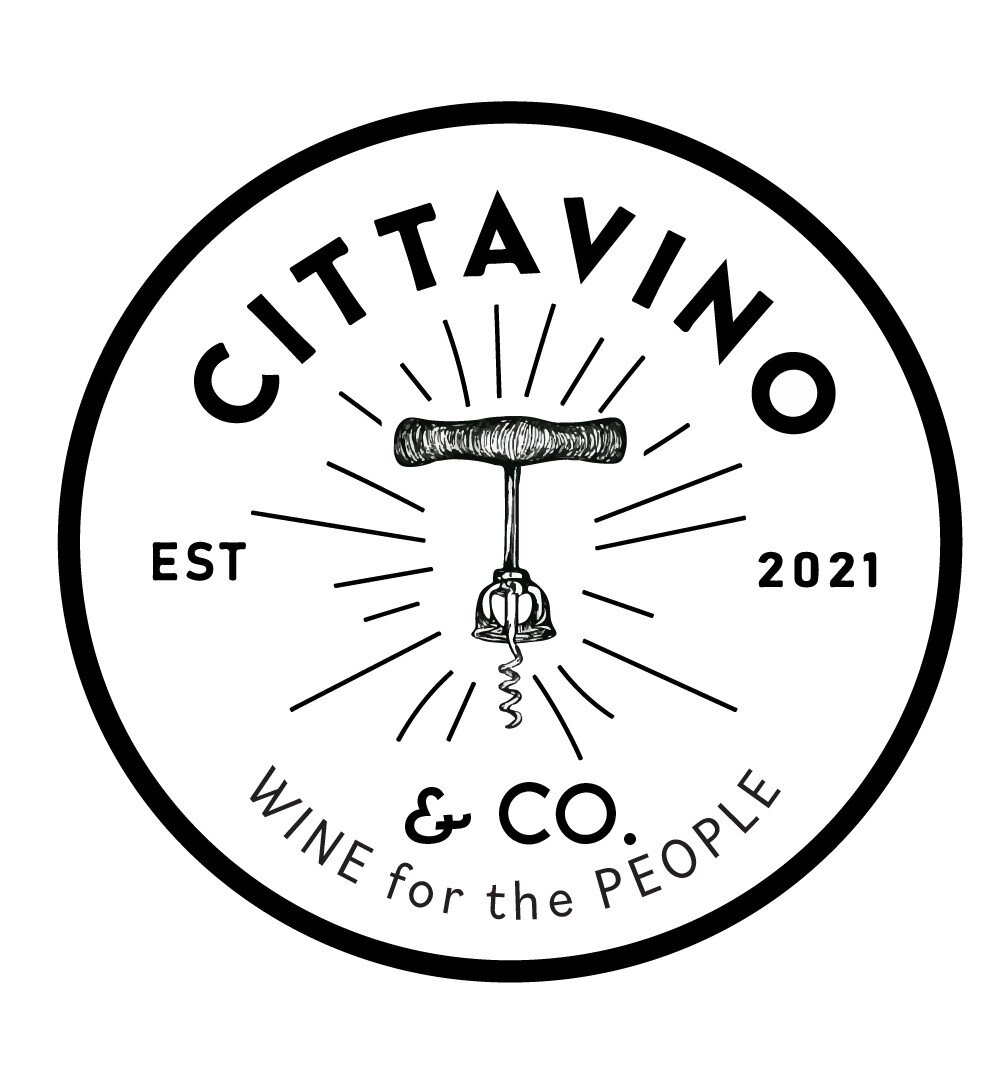Copertino DOC
The Name: Copertino
Cupertino, or Copertino, is a town within the province of Lecce. Initially established as a farmer stronghold against the Arab occupation in 950CE, the town developed under the Normans and became a significant commercial trading area. They left their legacy in the Castello di Copertino, one of the largest fortresses in Puglia.
Cupertino, CA in the United States is considered the sister city to Copertino, Puglia.
The Land
The Copertino zone is in southern Puglia, surrounded by the larger geographical zone of the Salento. It is inland, but since this part of Puglia is more narrow, the area would receive breezes and moderation from the Ionian sea. The soil is a mix of clay, sand and “terra rossa”, iron rich red earth, which often comes through in the wines, giving the Negroamaro a ferrous, almost Sangiovese, like tone.
Puglia actually has a diverse terrain, fairly hilly in the North with limestone karst soils, becoming flatter and more clay rich in the south. In the southern Salento area, it is certainly warmer, which is what the Negroamaro grape prefers. Here, it can achieve higher sugars and full pheonolic ripeness.
The Grape: Negroamaro (with maybe some Malvasia Nera, Montepulciano, and Sangiovese…)
The true origin of the grape remains unknown, but it is one of Puglia’s mainstay red grape varieties, primarily in the southern portion of the Salento. Therefore, it makes up many of the blends of the various DOCs in this zones. Typically the wines are dark, could verge on opaque, soft in tannin, high in fruit but offset by a distinct earthy tone. Negroamaro is prone to brettanomyces, aka brett, which is a bacteria that often finds its way into wines, but for some reason has an affinity for Negroamaro. The amount varies, with some producers able to achieve a brett-less Negroamaro, and some allowing it to contribute to the wines’ character. It’s a delicate balance and topic, as some believe brett to be 100% a flaw in any amounts, but the new generation of wine professionals is questioning such extremes. After all, brett might be why we love “earthy” southern Rhone wines from France- if it’s OK there, why not reevaluate our perception of it?
The Cupertinum Copertino Rosso Riserva is an excellent example of such a wine, striking, in what we believe, the right balance between earth, spice, and fruit.
Production Rules
The wine must be at least 70% Negroamaro and can be blended with Malvasia Nera di Brindisi/Lecce (traditional to the Salento), Montepulciano, and/or Sangiovese.
